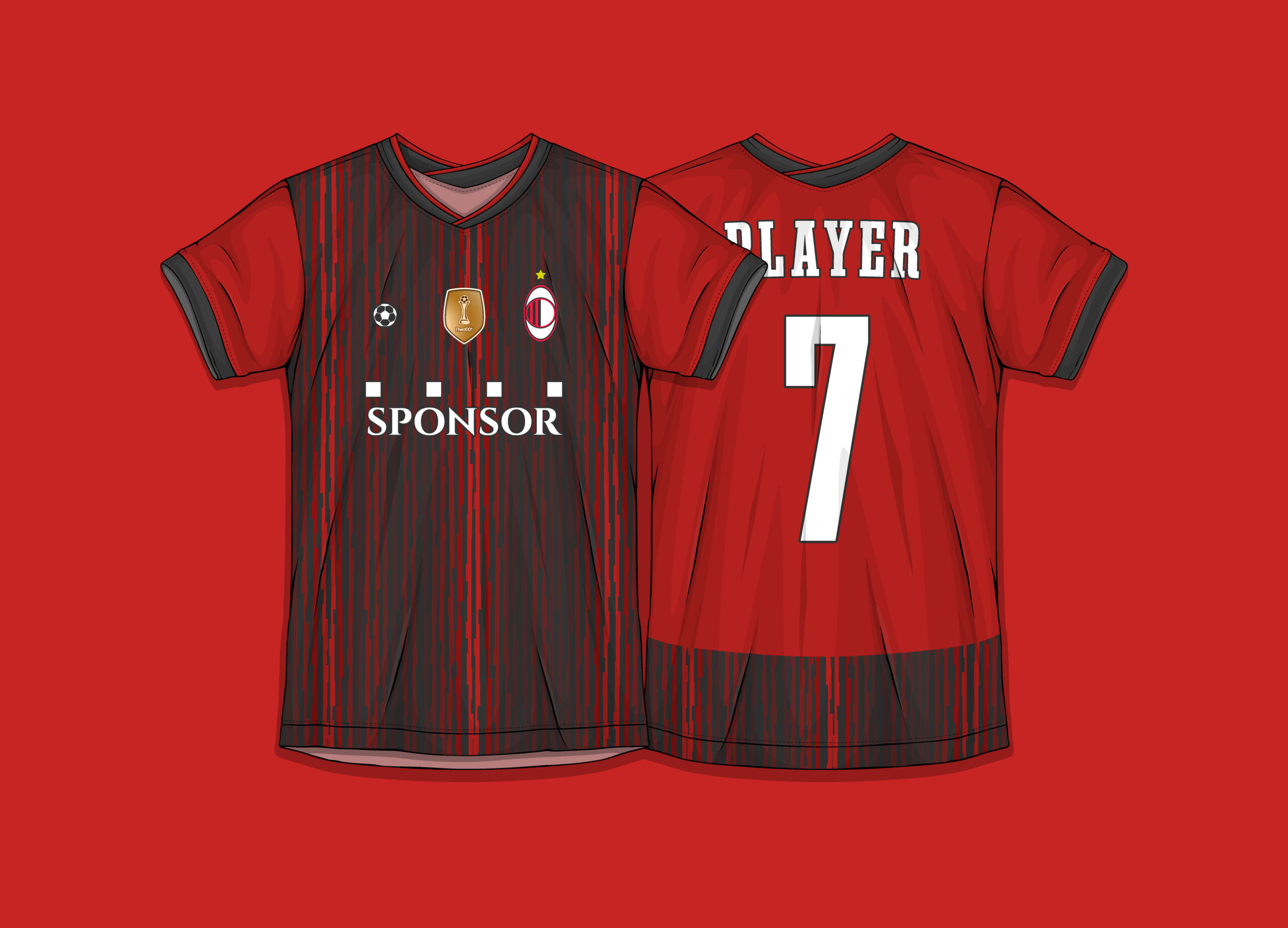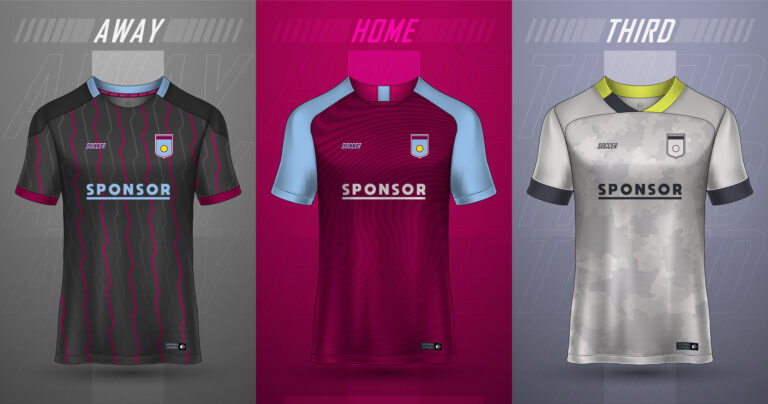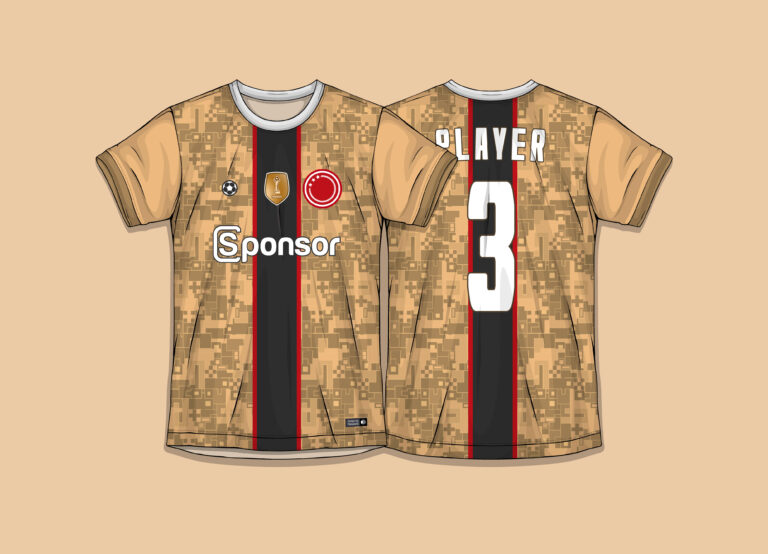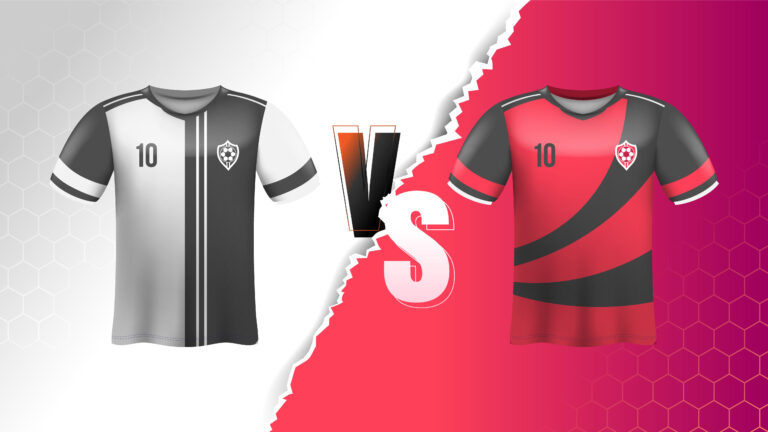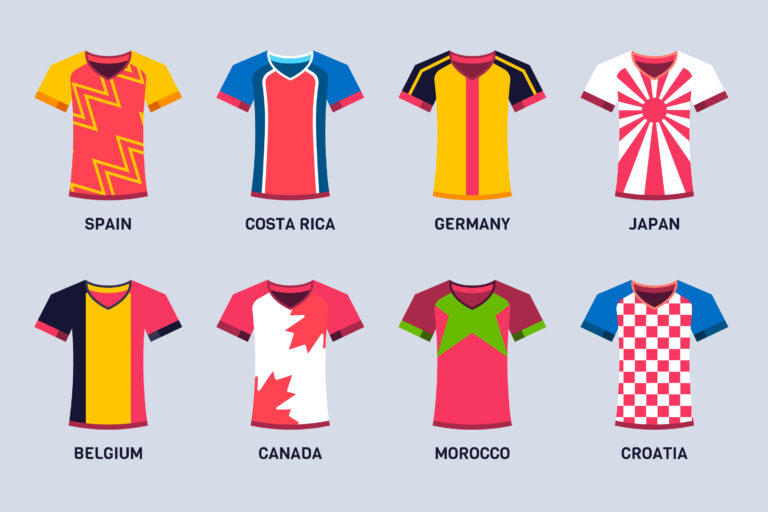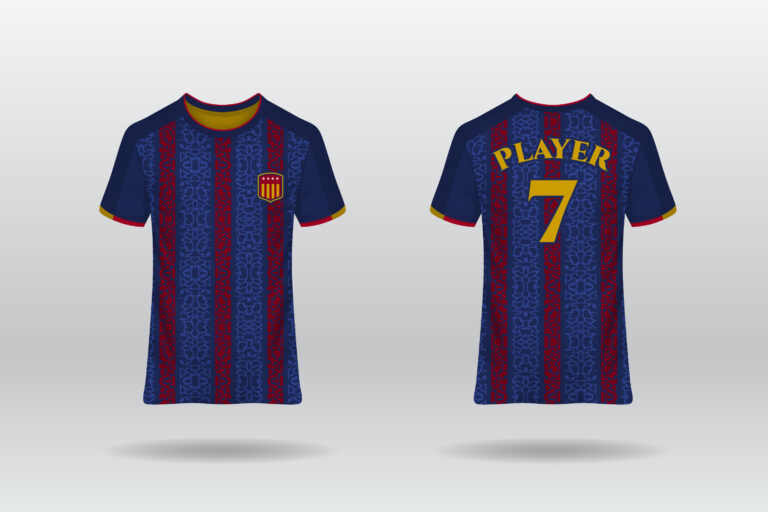Why Retro Kits Are Back in Style
Retro football kits have made an emphatic return to the world stage. Whether you’re watching Sunday league or Champions League, you’ll spot throwback jerseys from the ’80s, ’90s, and early 2000s proudly worn by fans and even clubs themselves. These aren’t just recycled designs for the sake of nostalgia. They tap into a deep emotional connection with football’s golden eras, cherished icons, and even the innocence of youth when the game felt pure and heroes were immortalized in cotton and polyester.
The visual identity of a football club isn’t just about logos and colors. It’s about memory. When retro kits return, they resurrect feelings and images that are instantly familiar, classic World Cup goals, local derbies, or even the buzz of Match of the Day intro music. It’s a design decision, yes, but also a cultural statement. Clubs and brands aren’t just selling jerseys; they’re selling stories.
The Nostalgia Economy and Football
We live in an era obsessed with the past. Music is rediscovered through vinyl, fashion recycles decades-old trends, and films constantly revisit old franchises. Football culture is no different. Retro kits are booming because they appeal to fans’ longing for simpler times, before VAR, before bloated sponsorships, before football became hyper-commercialized.
For many fans, wearing a retro kit is a way to reclaim their childhood, their local identity, or even their rebellion against modern football. When a club releases a throwback jersey, it isn’t just acknowledging its history, it’s giving fans permission to feel again. To feel like they did when they first fell in love with the game.
Brands Capitalizing on Throwback Trends
Major sportswear brands like Adidas, Nike, Umbro, and Puma have picked up on the retro wave with enthusiasm. You’ll now see newly manufactured kits that mimic old-school aesthetics: collars, button plackets, oversized crests, and patterns that scream early ’90s. These designs often come out as “third kits” or special anniversary editions and sell out in days.
Why? Because they bridge generations. A father and son can both wear a kit from 1994 and feel something different but equally strong. For the father, it’s memory. For the son, it’s heritage. And for brands, it’s a marketing masterstroke. These kits tap into authenticity, and that’s something modern design often lacks.
The Rise of Classic Kit Collectors
Collectors have also helped fuel the trend. Social media is full of accounts showcasing massive collections of vintage kits. Shirts worn by obscure Serie B teams in the ‘90s or long-defunct English clubs have become digital currency in online football culture. The beauty of these collections lies in their unpredictability and personal value, not every shirt is about winning titles. Sometimes it’s about the story of a relegation battle, a cult hero, or a one-season wonder.
Websites, pop-ups, and resellers now specialize in vintage kits, often selling them for hundreds of pounds. What once sat forgotten in wardrobes is now prized fashion and football history. These shirts are no longer just memorabilia, they’re wearable art.
Identity, Rebellion, and the Modern Fan
Retro kits are also a quiet protest. In a football world full of flashy colors, fast fashion, and ever-changing templates, retro kits suggest staying grounded. They’re a reminder of when shirts weren’t drenched in gambling ads or tech startups. For many supporters, wearing an older kit is a way to stand out from the crowd while simultaneously blending into tradition.
The modern fan wants to feel seen, but also feel connected. Wearing a 1986 shirt from your club sends a different message than wearing the latest away kit. It says, “I’ve been around,” or “I respect the roots,” or simply, “Football was better then.” Whether that’s true or not doesn’t matter. What matters is the emotion behind it.
Social Media and the Aesthetic Appeal
Retro kits photograph well. That might sound shallow, but it’s true. The sharp lines, vintage sponsor fonts, and bold color contrasts pop on Instagram, TikTok, and YouTube. Entire communities have formed around the visual appeal of these kits, think vintage football shoots, jersey rankings, or even lifestyle brands using them in streetwear collections.
Football has become part of the wider fashion conversation, and retro kits are the most accessible entry point. You don’t need to know who played in a certain kit to wear it stylishly. But if you do know, it only adds to the depth. That dual appeal, surface-level style with deep-rooted substance, is rare in sportswear.
Clubs Embracing the Past on the Pitch
We’re not just seeing retro kits in fans’ wardrobes, they’re showing up on the pitch, too. Clubs like Ajax, Manchester United, Arsenal, and even lesser-known teams have started wearing throwback designs during actual matches. Whether it’s for an anniversary or a special competition, these kits become conversation starters and instant classics.
This blending of history and performance isn’t just symbolic. It gives players a sense of responsibility. Wearing a historic kit can mean carrying a legacy. You’re not just playing in a jersey, you’re playing in the shadow of those who wore it before you. That weight, for some, is inspiring.
The Role of Pop Culture
Pop culture has helped push retro kits into the limelight. Shows like Ted Lasso, documentaries like The Class of ’92, and countless football-related films and books shine a spotlight on football’s visual evolution. Retro kits feature in scenes meant to evoke emotional resonance. They aren’t just set dressing, they’re character.
Celebrities, influencers, and athletes from other sports have been spotted in vintage football shirts, too. From Drake wearing a Juventus kit to NBA stars rocking old-school PSG, these shirts have transcended football. They’re no longer just for matchday, they’re global fashion.
Sustainability and Circular Fashion
There’s also a growing awareness around sustainability, especially among younger fans. Retro kits fit neatly into the circular fashion movement. Buying second-hand, upcycling old shirts, or choosing re-released classics over fast fashion aligns with the environmental ethos of Gen Z consumers.
Rather than churning out low-quality designs every season, some clubs and brands are realizing the value of timeless looks. A good retro kit doesn’t age, it matures. And that’s something more supporters are learning to appreciate.
Community and Local Pride
Retro kits often tell a local story. That 1992 home shirt might remind you of a rainy Tuesday away game, a cup run no one saw coming, or a captain who gave everything. These aren’t just design elements, they’re chapters of a shared book. When fans wear them, they aren’t just showing loyalty, they’re telling stories.
Wearing a retro shirt in your local pub is like wearing a badge. Someone will comment, ask, or smile. You’ll get a nod from a stranger across the bar. That’s the power of football fashion done right, it builds invisible bridges.
A Style That Transcends Eras
What makes retro kits unique is that they manage to look timeless and timely. A kit from 1988 doesn’t feel out of place today. That’s because football fashion from past decades was bold, unapologetic, and filled with character. Unlike some of the sterile templates seen in recent years, those older designs had soul.
From geometric patterns to oversized collars and wild sponsor fonts, retro kits captured an aesthetic that continues to inspire designers. It’s no surprise that modern releases often borrow heavily from that playbook. The old has become new again.
Emotional Value Over Commercial Value
Retro kits aren’t necessarily cheaper, but they offer more emotional value. Buying the latest shirt might show support for the current squad, but buying a retro one shows love for the club itself. The design connects to something deeper than the present moment. It’s about the crest, the city, the collective memory.
And let’s be honest, some of those older kits just looked better. Simpler, cleaner, more iconic. The longer they’ve been gone, the more we seem to appreciate their beauty. Time has a way of polishing things we once took for granted.
The Future of Retro
So where does this trend go next? Likely, we’ll see more clubs dig into their archives. Limited runs of retro kits will become more common. Designers will get braver. And fans will demand higher quality. The market may become saturated, but the best designs will rise to the top.
Ultimately, retro kits aren’t a gimmick. They’re a return to roots, a nod to authenticity, and a celebration of football’s enduring ability to connect generations. The shirts might fade, the names on the back might be forgotten, but the feeling never goes away.
Conclusion
Retro kits have found their way back into the modern football world not just as fashion statements, but as emotional anchors. They carry memories, rebellion, pride, and timeless style, all sewn into a piece of fabric. In an age of constant change, they offer something rare: permanence.
The game may evolve, players may change, and stadiums may modernize, but those kits, those beautiful, bold, slightly oversized shirts, remind us of why we fell in love with football in the first place. And that’s never going out of style.

